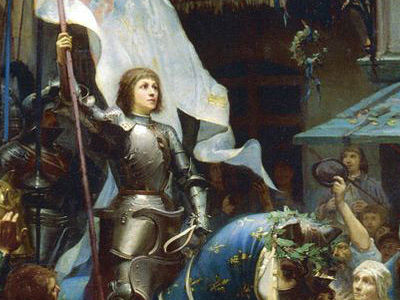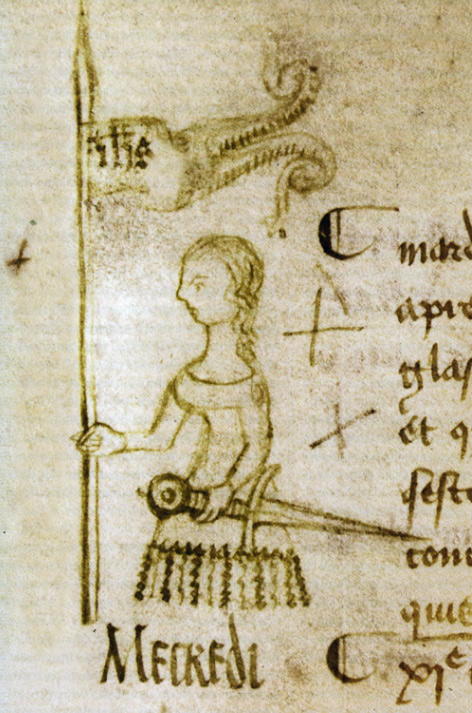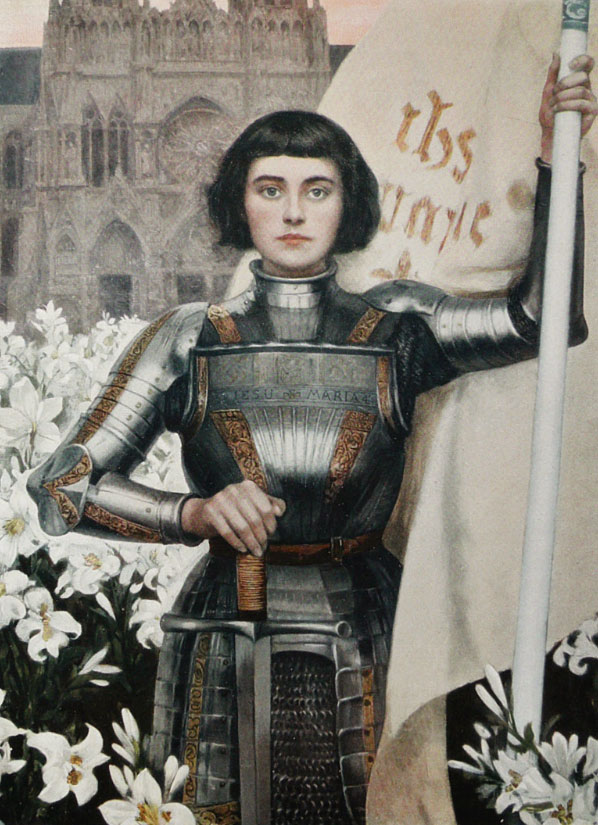Joan of Arc (1412-1431)
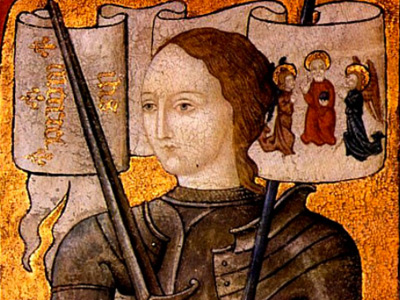
Retrial
A posthumous retrial opened after the war ended. Pope Callixtus III authorized this proceeding, also known as the "nullification trial", at the request of Inquisitor-General Jean Bréhal and Joan's mother Isabelle Romée.

The purpose of the trial was to investigate whether the trial of condemnation and its verdict had been handled justly and according to canon law. Investigations started with an inquest by Guillaume Bouillé, a theologian and former rector of the University of Paris (Sorbonne). Bréhal conducted an investigation in 1452. A formal appeal followed in November 1455. The appellate process involved clergy from throughout Europe and observed standard court procedure. A panel of theologians analyzed testimony from 115 witnesses. Bréhal drew up his final summary in June 1456, which describes Joan of Arc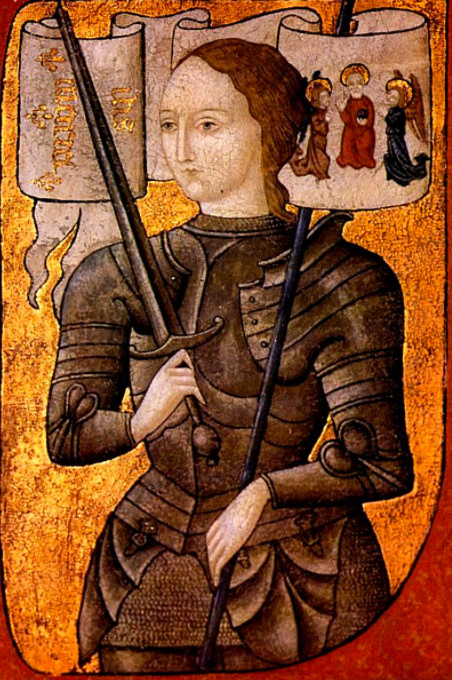 Joan of Arc (1412-1431), is considered a heroine of France for her role during the Lancastrian phase of the Hundred Years' War and was canonized as a Roman Catholic saint. She gained prominence after the siege was lifted only nine days later. This long-awaited event boosted French morale and paved the way for the final French victory. Joan of Arc » as a martyr and implicated the late Pierre Cauchon with heresy for having convicted an innocent woman in pursuit of a secular vendetta. The technical reason for her execution had been a Biblical clothing law. The nullification trial reversed the conviction in part because the condemnation proceeding had failed to consider the doctrinal exceptions to that stricture. The appellate court declared her innocent on 7 July 1456.
Joan of Arc (1412-1431), is considered a heroine of France for her role during the Lancastrian phase of the Hundred Years' War and was canonized as a Roman Catholic saint. She gained prominence after the siege was lifted only nine days later. This long-awaited event boosted French morale and paved the way for the final French victory. Joan of Arc » as a martyr and implicated the late Pierre Cauchon with heresy for having convicted an innocent woman in pursuit of a secular vendetta. The technical reason for her execution had been a Biblical clothing law. The nullification trial reversed the conviction in part because the condemnation proceeding had failed to consider the doctrinal exceptions to that stricture. The appellate court declared her innocent on 7 July 1456.
HISTORY
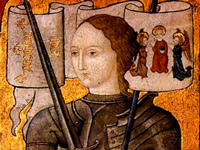
RESOURCES
This article uses material from the Wikipedia article "Joan of Arc (1412-1431)", which is released under the Creative Commons Attribution-Share-Alike License 3.0.
© Stories Preschool. All Rights Reserved.
